Exploring issues around a sharable model of IoT standards for security, interoperability and data so that emerging IoT applications can be incorporated into a standard framework.
Internet technologies around IoT are promising radical improvements in how we serve our residents and businesses. This gives rise to a range of emerging opportunities to achieve significant social and economic benefits for our communities.
However, we need to make sure that we put people first and foremost in this work, by engaging with communities, residents and businesses to shape and co-design the outcomes.
We also need to make the most of the opportunities offered to collaborate with the companies rolling out fibre, electric vehicle charging and 5G in our councils. Piloting citizen-mandated use cases as part of these roll-outs means our standards framework and model will be need to be more outward looking.
Many of these IoT technologies are already appearing, unrecognised, within councils, scattered across many areas of councils, sometimes at quite a low level in the organisation. The broader strategic and operational implications may therefore be missed. These department-specific activities may not be readily recognisable as IoT, and typically may adopt proprietary technologies. These may later incur high integration costs when they need to interoperate with corporate systems.
Information and data security for IoT has some salient differences from current practice. The ability to protect sensors and actuators is as critical as the protection of sensitive personal data. The discovery process will address these differences.
In future, the Big Data which flows from IoT will be foundational for effective service planning, monitoring and delivery.
This discovery bid aims to determine a sharable model and framework for IoT to cover:
- Standards for information and data security for IoT within councils
- Standards for interoperability of devices, networks, applications, mobile and web services
- The value, ownership, integration and effective use of all the data captured by such IoT systems, in conjunction with other data sources inside and outside the councils.
Our hypotheses and assumptions around the problem are:
· IoT is relevant to many council services and are already making their appearance in many different ways, and the lack of a framework/model for ensuring they are being optimised for openness, interoperability, data security and data analytics will lead to high costs and missed efficiencies.
· In July 2019 we convened a joint working group between Westminster and RBKC to address the IoT issues described in this bid. This includes Director and Executive Director representation, and its Terms of Reference have been approved by the CEOs of both councils.
- The research methods will be consultation with other boroughs, the GLA, Future Catapult, the LGA and the South London partnership led by the London Borough of Sutton. We will also be consulting with Kings College London, University College London, and suppliers such as Intechnology and Fibre suppliers such as G.Network.
· We have already set up the bi-borough working group mentioned above, and we are also already working with Sutton council on IoT issues and strategy. We are at the early stage of piloting small scale practical IoT implementations to inform our thinking. This includes electric vehicle charging, 5G small cell roll-out, parking space availability sensors and app.
There are two costs in play:
- The costs of deploying non-standardised IoT solutions and then having to retro-fit integration or replace them over the next 5 years. Across the three boroughs this would be of the order of £4.5m per annum.
- The cost of delaying any IoT based Adult Social Care ambient assisted living system due to information security concerns with sensor systems. This kind of system would help to keep older people in their own homes by having connected sensors that can give a range of remote alerts to their social worker such as if their home gets too hot or too cold, or if they haven’t got out of bed for 24 hours. The hospital re-enablement service could use a similar approach to support people going back into their own homes after a hospital stay. Across the three boroughs this would be of the order of £2m per annum.
This would be relevant to local authorities responsible for social care at the national level.
How will you set up the project to ensure a collaborative, iterative approach between all partners?*
Westminster council and RBKC have already been collaborating under council-wide bi-borough working since it started in June 2011. The governance and collaboration practices are now embedded as BAU.
The collaboration tools in use are MS Office365, including MS Team, Yammer and SharePoint.
We are starting to set up collaborative working with Sutton, who have been working in a similar way with Kingston for some years, and aniticapte working via an MOU across the three counils.
- What governance structures will you use to allow the project partners to work together effectively throughout the project?
We would value the support and guidance from the Local Digital Collaboration Unit.
We will be looking to train and develop your project team and leadership in IoT and digital technologies.
 UK Ministry of Housing, Communities and Local Government (MHCLG)
UK Ministry of Housing, Communities and Local Government (MHCLG) 